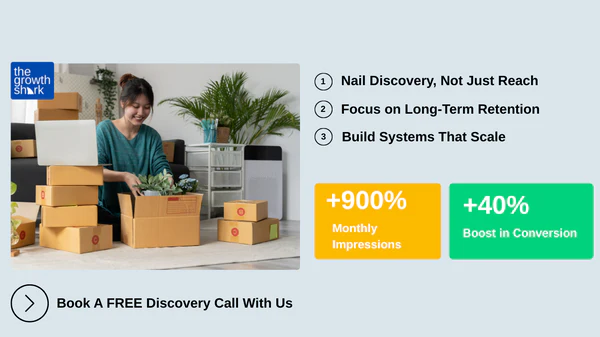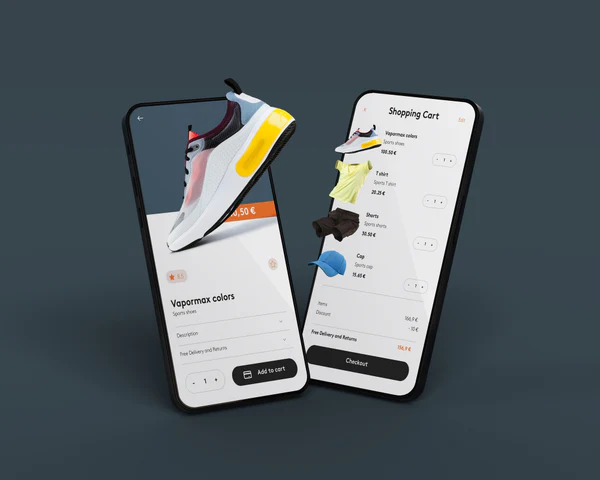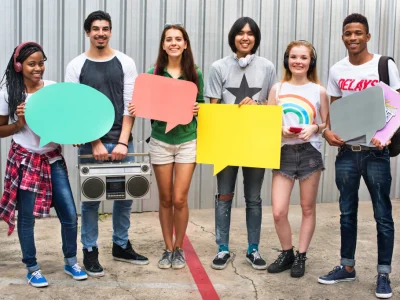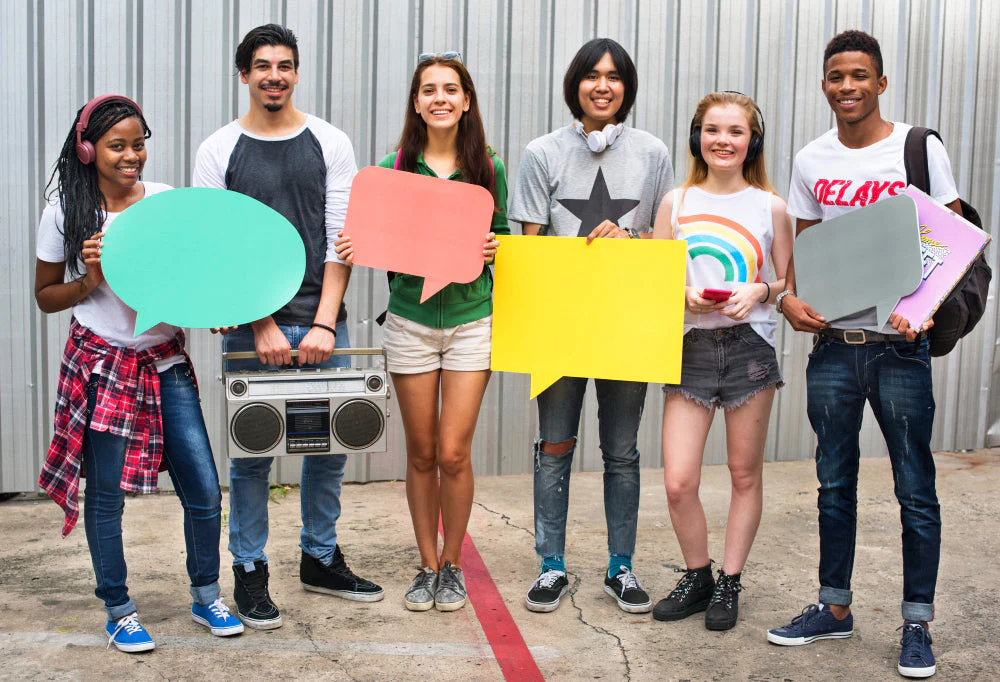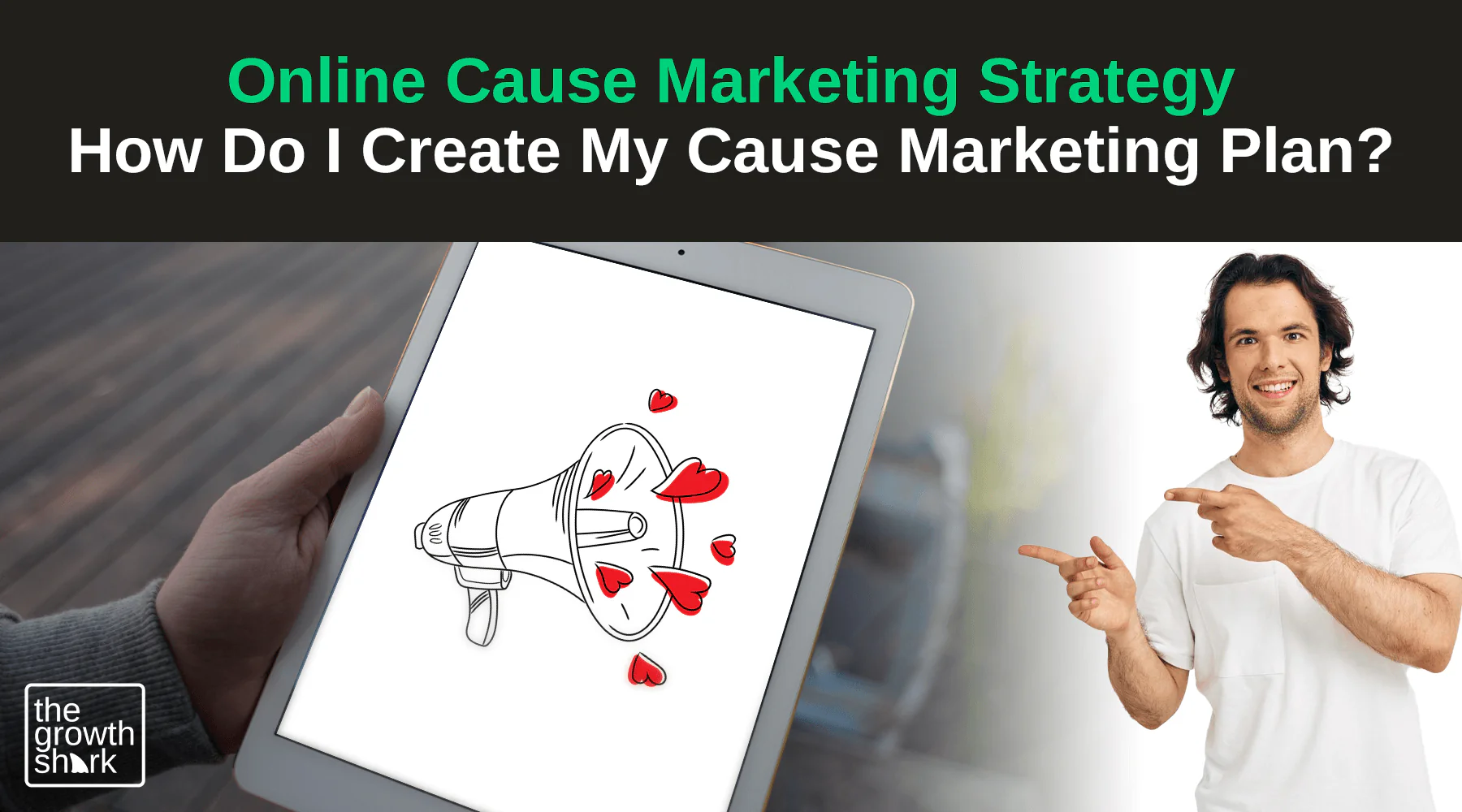E-commerce in 2025 isn’t about being everywhere—it’s about showing up where it counts, with precision and purpose. Brands that are growing this year aren’t relying on flashy gimmicks or viral flukes. Instead, they’re focused on creating meaningful customer experiences and building systems that drive traffic, boost conversions, and retain buyers over the long term.
If you’re looking to sharpen your strategy, cut through the noise, and scale sustainably.
Here are 10 proven marketing techniques top e-commerce brands are doing differently that are working right now.
1. Master the Fundamentals of SEO
Ranking high on Google is still one of the most cost-effective ways to attract buyers with strong intent. But SEO is no longer just about product keywords—it’s about answering real questions, owning niche search terms, and delivering a smooth on-site experience.
Strong SEO starts with a clear page structure, mobile-first design, and high-quality content that supports the purchase journey. Product pages need optimized metadata, fast load speeds, and visuals that reduce buyer hesitation.
Supporting blog content should target long-tail, informational keywords (think: “best breathable yoga mats for hot yoga” rather than just “yoga mats”).
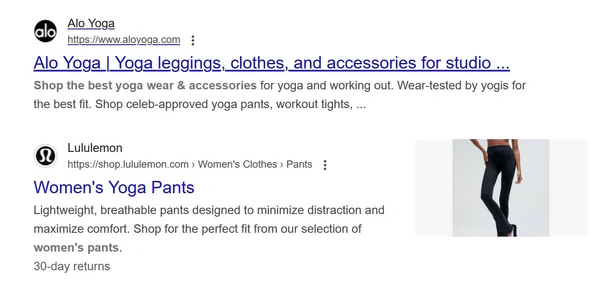
Tools like Semrush, Ahrefs, and Surfer SEO help identify gaps. But the best results come from creating content that feels more like a helpful guide than a sales pitch.
2. Build Strategic Partnerships With Influencers
Influencer marketing continues to dominate in 2025, but the rules have changed. Mega influencers still have reach, but it’s the micro and niche creators—those with deep engagement and trust—that are driving actual conversions.
The goal isn’t to “go viral.” It’s to find creators whose followers closely resemble your ideal customers and who can introduce your product in a way that feels authentic.
Look beyond Instagram. Platforms like TikTok, YouTube Shorts, Podcasts and Twitch offer powerful platforms for influencer-driven storytelling. They offer trackable affiliate codes, reward top performers, and integrate their content into your paid campaigns for even more leverage.
3. Retention Is the New Acquisition
Acquiring new customers is more expensive than ever. That’s why high-growth brands are leaning into retention-first marketing—focusing on getting more value from the customers they already have.
This doesn’t mean sending the occasional coupon code. It means building a journey. Post-purchase emails that educate. Loyalty programs that reward more than just purchases. Surprise-and-delight tactics that go beyond expectations.
Retention marketing is all about thoughtfulness at scale. Send a thank-you email after a second order. Offer early access to repeat buyers. Segment your VIPs and treat them like insiders. Brands doing this well aren’t just increasing lifetime value—they’re turning customers into advocates.
But keeping customers isn’t the only challenge—getting discovered is just as critical.
4. Use TikTok to Drive Organic Discovery
If you’re still on the fence about TikTok, this is your sign to go all in. The platform remains one of the fastest-growing engines of product discovery—and you don’t need a huge budget to win.
What works on TikTok isn’t slick, studio-shot content. It’s raw, engaging, and often lo-fi. Think: “Pack an order with me,” “Day in the life” founder content, and quick demo videos. The TikTok algorithm still rewards quality over clout, giving smaller brands a real chance to shine.

Pair your organic content with TikTok Shop or spark ads, and you’ve got a full-funnel social commerce strategy that can generate sales within hours of posting.
5. Product Pages That Convert on the First Visit
Your product page is often the first—and only—chance you have to close the sale. In 2025, top-performing brands are optimizing every inch of the page to reduce friction and drive conversions.
That means:
- A strong, benefit-first headline
- Scroll-stopping visuals and lifestyle shots
- Clear shipping/return info
- Customer reviews with real photos
- Trust badges and guarantees
- “Back in stock” notifications and urgency cues
If you sell something with variations (size, color, etc.), make sure the selection is intuitive and mobile-friendly. Even better, A/B test your layouts regularly. You might be surprised how small changes—like button color or image order—can lift conversions.
6. Re-Engage Lost Sales With Smart Cart Recovery
Shopping cart abandonment is frustrating, but it’s also one of your best opportunities for recovery. With a smart sequence in place, you can win back a surprising number of lost sales.
Start with an abandoned cart email within the first hour—ideally with a visual of the product they left behind. Follow up a few hours later with a reminder, and on day two, offer a limited-time incentive or highlight a key benefit they may have missed.
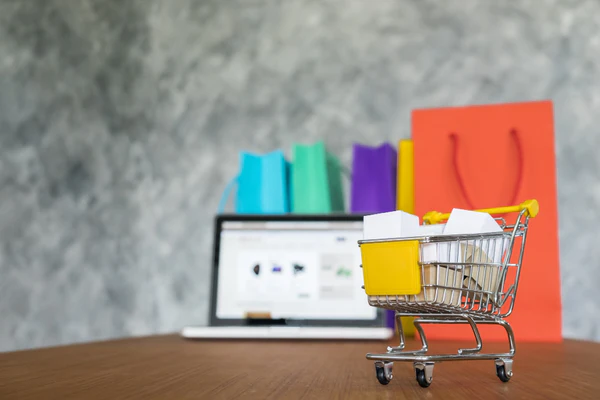
SMS can be layered in as well. A single, well-timed text with a discount or urgency line can be enough to seal the deal.
Platforms like Klaviyo, Omnisend, and Postscript make this easy to automate. The key is relevance—remind them of what they wanted, not just that they forgot.
7. Lean Into User-Generated Content (UGC)
Your customers are your best marketers. UGC not only provides authentic proof that your product delivers—it also saves your team time on content creation.
Feature customer photos on your product pages. Repost unboxings and reviews on Instagram and TikTok. Ask your best customers to create testimonial videos in exchange for gift cards or loyalty points.
Beyond building trust, UGC performs incredibly well in paid ads. A real person saying “I love this” outperforms most brand-polished video spots. Try running UGC as a retargeting campaign to people who viewed a product but didn’t buy.
8. Combine Email + SMS for Maximum Lifecycle Marketing
Email is still your most profitable channel, but pairing it with SMS unlocks even deeper lifecycle engagement.
Use email for storytelling, nurturing, and longer-form product education. Use SMS for urgency, time-sensitive offers, and direct calls to action.
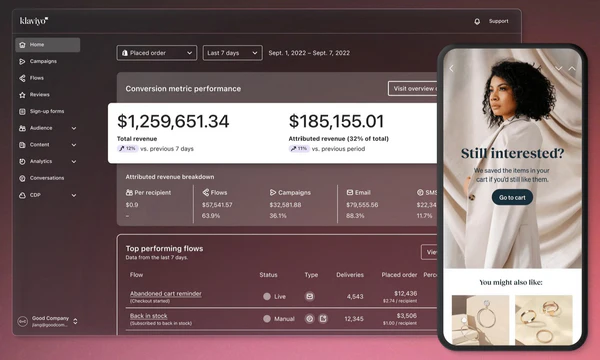
Together, they form a powerful 1–2 punch. For example:
- A welcome email series introduces your brand.
- Then, an SMS 2 days later invites the subscriber to a VIP sale.
- Later, a post-purchase email checks in with tips and a review ask.
- A few weeks later, an SMS reminds them about a loyalty reward they haven’t redeemed.
The magic lies in timing, tone, and segmentation.
9. Make It Mobile-First, Always
Mobile isn’t just a channel—it’s the primary shopping environment. If your store isn’t fast, functional, and friction-free on mobile, you’re losing sales daily.
Audit your mobile experience with fresh eyes:
- Are CTAs easy to tap?
- Does your checkout autofill correctly?
- Can users swipe through image galleries easily?
- Are text and buttons readable without Zoom?
Speed is a ranking factor and a conversion factor. Compress images, streamline scripts, and test on both iOS and Android devices regularly. Mobile shoppers are quick to leave—and slow to return—if the UX isn’t smooth.
10. Create Compelling Content That Drives SEO & Brand Loyalty
Great content does more than improve your search rankings—it builds trust and keeps your brand top-of-mind long after the first visit.
Start by identifying your audience’s pain points, questions, and aspirations. Then create content that solves real problems and weaves your product in organically.
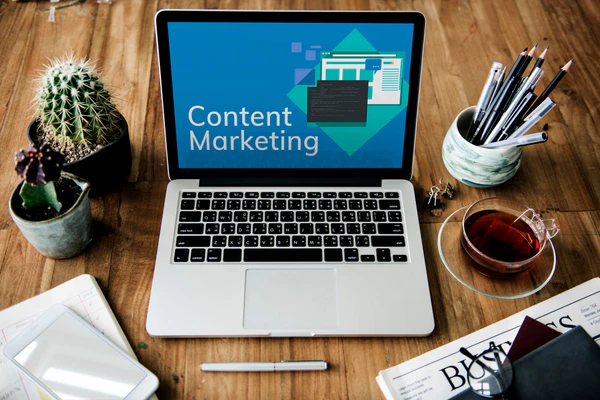
Some ideas to explore:
- Long-form buying guides (e.g., “How to Choose the Right Running Shoe”)
- Product comparisons and “versus” posts
- Seasonal gift guides
- How-to videos and tutorials
- Behind-the-scenes blog posts or founder stories
The content becomes your digital flywheel: it brings traffic, educates prospects, and nurtures existing customers—all while improving your domain authority.
Choose Top E-Commerce Marketing Agency For Your Business
At The Growth Shark, we don’t just help e-commerce brands keep up—we help you outpace the competition. From building profitable ad funnels and high-performing landing pages to crafting retention systems that keep customers coming back, our approach is built on real results, not just guesswork.
